Aging Dog Population
The demographic shift towards an aging dog population is likely to have a profound impact on the Canine Arthritis Treatment Market. As dogs age, they become more susceptible to various health issues, including arthritis, which is prevalent in older canines. Data suggests that around 20% of dogs over the age of one are affected by arthritis, and this percentage increases significantly with age. This growing prevalence of arthritis among senior dogs necessitates the development and availability of effective treatment options. As pet owners become increasingly aware of the importance of managing their aging pets' health, the demand for specialized arthritis treatments is expected to surge. This trend indicates a promising outlook for the Canine Arthritis Treatment Market, as it adapts to meet the needs of an aging canine population.
Growing Pet Ownership
The increasing trend of pet ownership appears to be a significant driver for the Canine Arthritis Treatment Market. As more households welcome dogs into their families, the demand for veterinary care, including arthritis treatments, is likely to rise. Recent statistics indicate that approximately 67% of U.S. households own a pet, with dogs being the most popular choice. This growing pet population correlates with a heightened awareness of canine health issues, including arthritis, which affects a substantial percentage of older dogs. Consequently, pet owners are more inclined to seek effective treatment options, thereby propelling the market forward. The Canine Arthritis Treatment Market is expected to benefit from this trend, as owners prioritize their pets' well-being and are willing to invest in advanced treatment solutions.
Expansion of Pet Insurance
The expansion of pet insurance coverage is likely to have a favorable impact on the Canine Arthritis Treatment Market. As more pet owners opt for insurance plans that cover veterinary expenses, they may be more inclined to seek treatment for their dogs' arthritis. Recent trends indicate that pet insurance adoption is on the rise, with a growing number of policies offering coverage for chronic conditions, including arthritis. This financial support can alleviate the burden of treatment costs, encouraging pet owners to pursue advanced therapies and medications. Consequently, the Canine Arthritis Treatment Market stands to benefit from this trend, as increased insurance coverage may lead to higher treatment rates and improved outcomes for dogs suffering from arthritis.
Rising Awareness of Canine Health
The heightened awareness surrounding canine health issues is emerging as a pivotal driver for the Canine Arthritis Treatment Market. Pet owners are becoming more informed about the signs and symptoms of arthritis, leading to earlier diagnosis and treatment. Educational campaigns and resources provided by veterinarians and animal health organizations are contributing to this trend. As a result, pet owners are more proactive in seeking veterinary care for their dogs, particularly for chronic conditions like arthritis. This increased awareness is likely to translate into a greater demand for effective treatment options, thereby fostering growth in the Canine Arthritis Treatment Market. The focus on canine health is expected to continue influencing purchasing decisions, as owners prioritize their pets' well-being.
Advancements in Veterinary Medicine
Innovations in veterinary medicine are playing a crucial role in shaping the Canine Arthritis Treatment Market. Recent advancements in treatment modalities, including regenerative medicine and minimally invasive surgical techniques, are enhancing the efficacy of arthritis treatments for dogs. For instance, therapies such as stem cell treatment and platelet-rich plasma (PRP) therapy are gaining traction among veterinarians and pet owners alike. These cutting-edge treatments not only improve the quality of life for affected dogs but also offer pet owners more options for managing their pets' conditions. The increasing availability of these advanced treatment options is likely to drive growth in the Canine Arthritis Treatment Market, as more pet owners seek out innovative solutions for their dogs' arthritis.


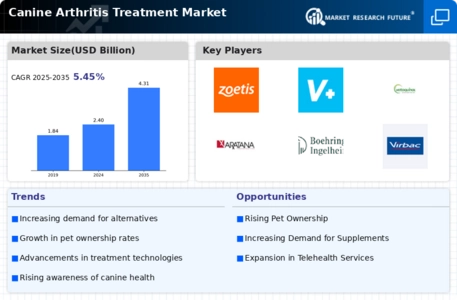
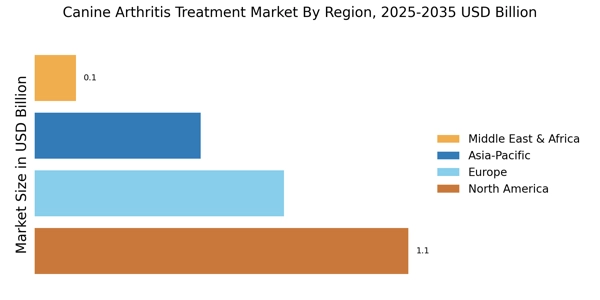

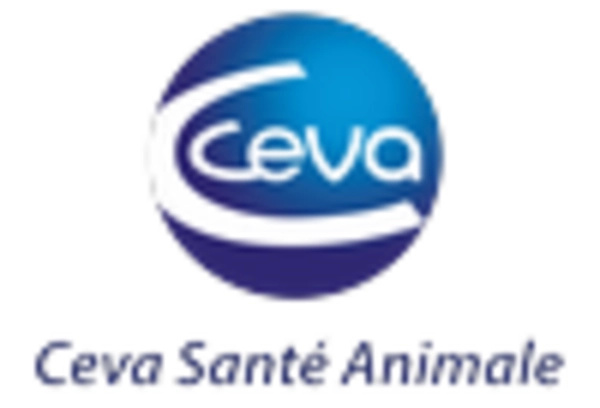
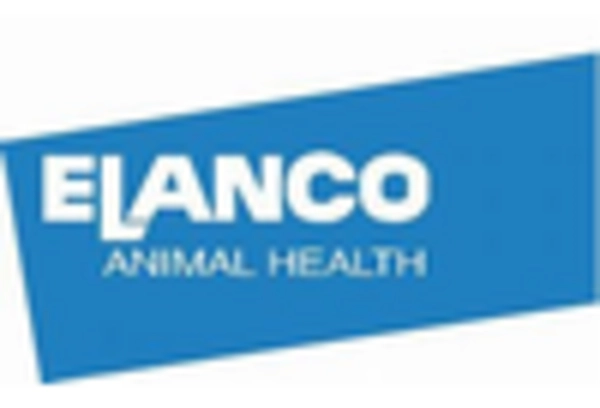

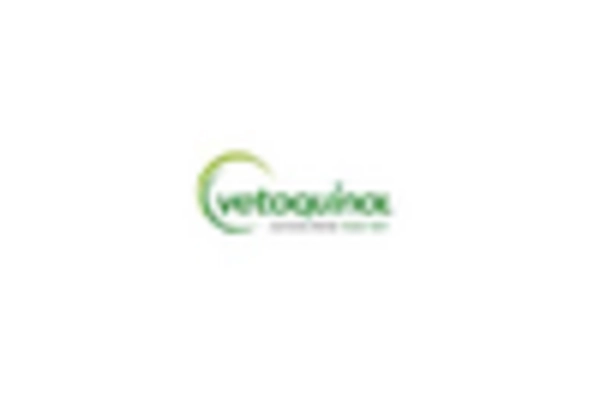
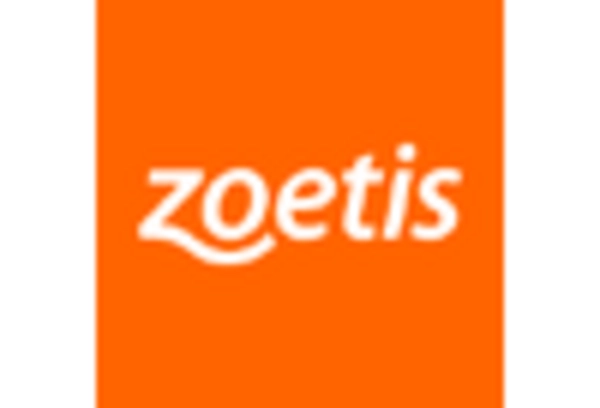








Leave a Comment